
2.4 MW Commercial Solar PV Project on a FedEx Distribution Facility
Module-Level Power Electronics (MLPE), such as microinverters and optimizers help improve the performance and energy production of your solar PV system design. MLPE can be installed when using rails or direct-attach™ (rail-less) mounting to metal roofs.
By Kimberly Reichert, Content Writer, S-5!
The perfect solar design is hard to come by. With every project, certain concessions must be made to accommodate:
- Shading
- Mismatched modules with differing power output levels, and
- Modules in the same system mounted on different roof planes (azimuth and tilt).
These areas of potential energy loss can benefit from the installation of MLPE devices. According to the U.S. Department of Energy’s Office of Energy Efficiency and Renewable Energy, MLPE can help reduce energy loss from panel shading by 20%-35%. And, with solar layouts installed on different roof orientations, you can actually recoup all energy losses when installing MLPE devices.
What Are the Main Types of MLPE?
- DC power optimizers increase the output of a module before the DC voltage is sent to the inverter.
- Microinverters convert DC into alternating current – but converts it at the module itself, thereby optimizing its power output.
How do MPLE Improve the Performance of Your PV System?
Optimizers and microinverters respond to decreases in voltage and current in the solar array by adjusting the voltage to ensure the system is producing its maximum level of power output. Because microinverters convert at the module level, shading on other modules does not affect each individual module’s energy output. Typical string inverters are limited by the current produced by the weakest module. That one module can then decrease the entire output of the string.
But, microinverters don’t only just improve module performance; MLPE also offer solar system design flexibility. Systems featuring microinverters can be more easily expanded as compared to those using string inverters, which are limited by string length requirements.
Including MLPE in Your Solar Array
Not every project uses these electronics, but they can be easily installed in rail-less PV systems. Rail-less uses the seams or ribs on the metal roof as points of attachment. In this design, also called “direct-attach”, the PV module attachment and the roof attachment are a single assembly, so rails are not necessary to provide a separate interface. “Direct-attach” also utilizes clamps or brackets and a grab system to marry the solar panel to the clamp or bracket mounted directly to the roof’s built-in rails.
One common method is to attach optimizers and microinverters to module frames before mounting on the roof. By attaching these devices to the modules beforehand, you can stage them for easy access as needed during installation. An alternative to attaching module-level power electronics to the modules is to mount them directly onto the roof.
Solar Arrays Are a Major Investment
Module-level power electronics can help improve your PV system’s performance and help design the most efficient alternative power system for a building or home. But MLPE are just one aspect of mounting solar on standing seam or exposed-fastened metal roofs. Another method for improving your rooftop PV system’s efficiency includes the design and deployment of wire management techniques.
Efficient PV wire management must start during the design and layout of the wires and must include careful consideration on how the wires are secured, organized and protected during service. Without proper wire management, you risk the productivity, safety, and longevity of the entire array. From shielding wires from exposure to rain, snow, and wind, to protection from sharp edges and curious animals, these practices help ensure a safe and durable system is installed. Wire management will not only help ensure the longevity of your PV project, but it will make future maintenance easier to manage.
Sponsored content by S-5!




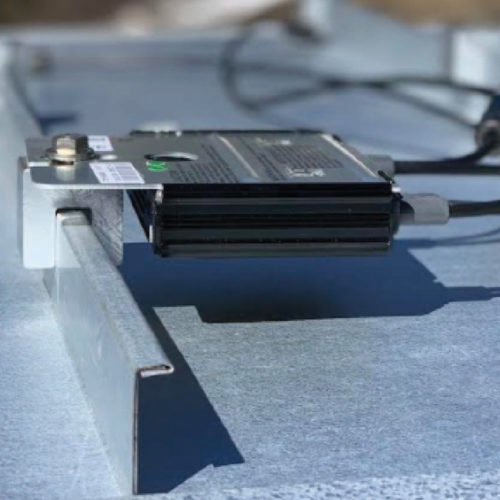
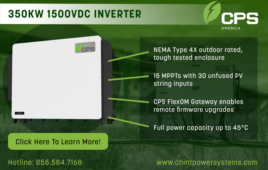
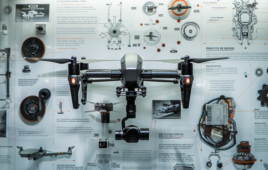
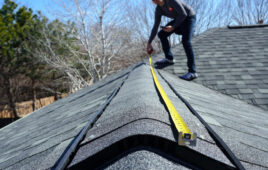
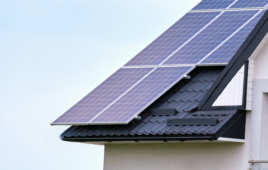
Mounting optimisers directly to the frame invalidates the warranty of the optimiser.
Microinverters and optimizers are great until one that’s in the middle of the PV array that is located on a steep roof goes bad and needs replacement.
I have had 2 microinverters go bad. Enphase has been willing to provide me with a new microinverter both times but they don’t cover the cost of removing old microinverter and installing the replacement one.
I am having difficulty finding a solar installation company that can come out and do the microinverter replacement.
I have heard others say their micro-inverters have needed replacement, but so far I have not seen any posts that the optimizers basically D.C. to D.C. converter modules have had these problems. There is the new NEC RSD shutdown device that is supposed to be on every panel. If the optimizers or micro-inverters, don’t have this built in, there may have to be the optimizer and the RSD for safety installed under each panel. As more electronics are added to solar PV panel systems the wiring will become more of a problem and the mentioned “best practices” for wiring and routing may become one of the most important installation detail aspects that will make or break a solar PV installation.
Solaredge optimizers / Inverters have RSD built into every system.
Reduce shade losses by 20-30%.
Reduce DC current, ensure safety and improve efficiency